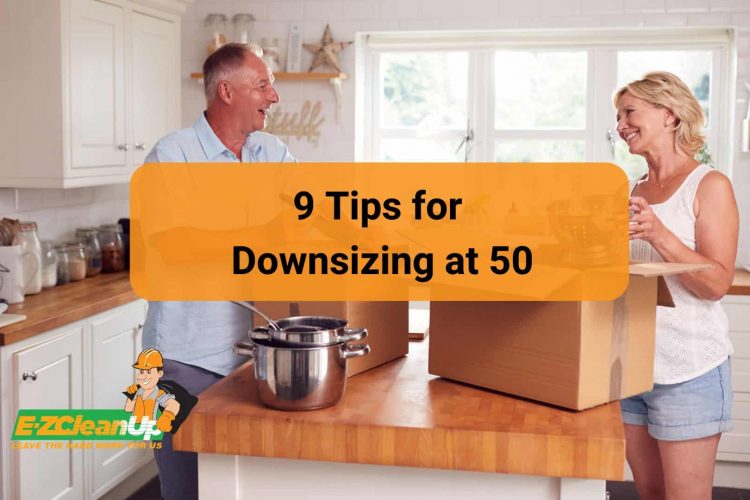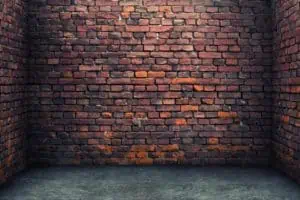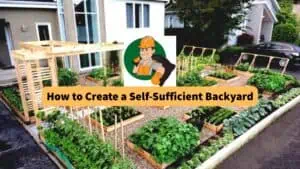Streamline your life at 50 by assessing needs, digitizing media, and involving family in downsizing. Opt to sell or donate items, declutter, and use compact storage. Make sure to set deadlines, maintain flexibility, and focus on a future with less clutter for more freedom.
Learn the details about these 9 tips for downsizing at 50 in our article below.
#1: Assess Your Needs
When you think about downsizing in your 50s, it’s important to first figure out what you really need. This step is about making sure your lifestyle fits with your space and belongings.
Identify Must-have Items
Decide what things are necessary for your daily comfort and which enhance your life quality. Do this by going through your stuff while rethinking your living area to match how you live now. Consider what makes your place feel like home and what is simply taking up space.
Choose Practical Items
Concentrate on things that are useful. Whether it’s furniture that also stores items, kitchen tools that make cooking easier, or clothes that are comfy for a relaxed lifestyle, pick things that have a clear use.
You don’t have to get rid of every item with sentimental value, but think about how useful each item is when making choices. This method makes sure every item in your smaller space is valuable and useful. It creates a neater and more comfortable home.
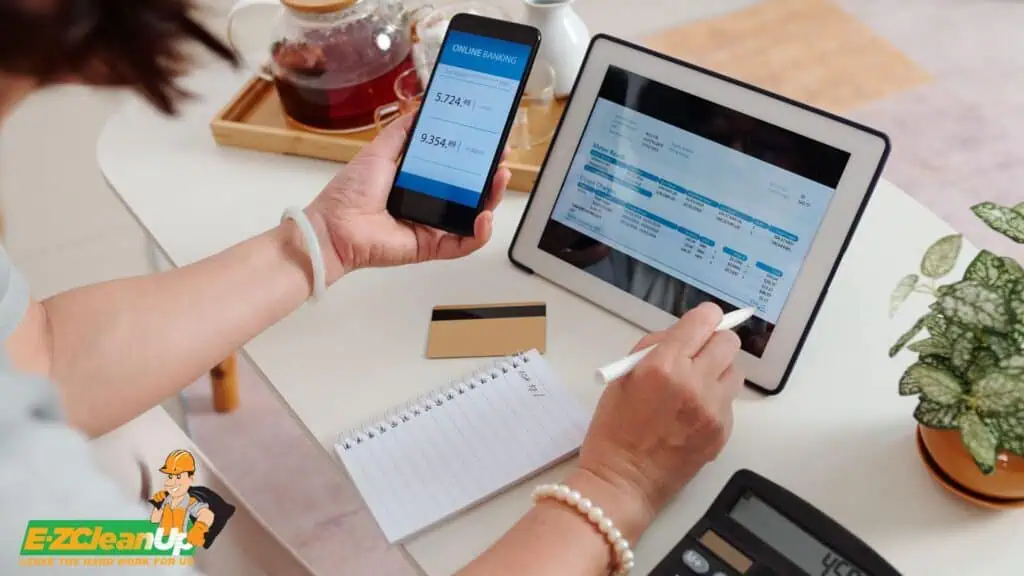
#2: Convert Physical Media to Digital
Moving your documents and media to digital clears up space. It also keeps your data safe and makes it easier to access. Turning papers into digital files keeps them in perfect condition forever, unlike paper that wears out.
Digital files can also be better protected, recover more easily from disasters, and are kinder to the environment because they use less paper.
Digitize Your Memories
For personal keepsakes like photos, scanning them into digital forms saves space and lets you access them anywhere. Tools like Adobe Scan let you use your phone to create high-quality digital copies of your documents, which you can then keep safe in the cloud or on your own storage.
Use Online Services
Using online services to handle your bills and records can greatly cut down on paper clutter in your home. Things like electronic bills and digital newspaper subscriptions prevent piles of paper from building up. Online tools are also easy to use and let you access your records quickly from different devices.

#3: Involve Friends and Family
Having your close friends and family help with downsizing can make a big difference. They offer great support, help you sort items, and make tough choices about what to keep or give away. Sorting personal things can be hard emotionally, and having people you trust with you can make it easier.
Share Stories
Downsizing is also a chance to look back and share memories about important items. While deciding what to pass on, you can tell family members about the stories and feelings attached to these items to make it a memorable and meaningful time.
This makes the change smoother while keeping cherished items in the family. It preserves a sense of history and legacy. This way, you reduce clutter, strengthen family ties, and keep important memories alive through the things you share.
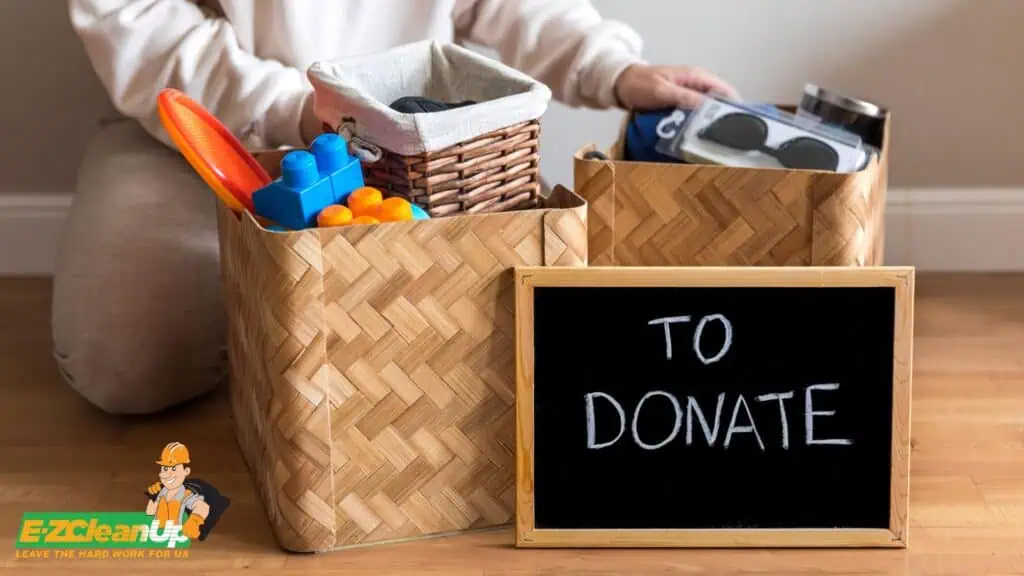
#4: Sell or Donate Unwanted Items
Selling your unwanted items online is a good way to clean out while making some money. Tips include taking clear photos, writing detailed descriptions, and being honest about the item’s condition.
Give to Charity
When giving items away, make sure they are clean and work well. Charities like Goodwill and the Salvation Army take various items and sometimes even pick them up.
Always check the charity’s rules to make sure your items will be accepted and helpful. Keeping track of your donations can also help with tax deductions, so it’s important to document your donations and get receipts when possible.
#5: Implement Systematic Decluttering
Begin your decluttering journey by focusing on one room at a time. This approach prevents you from feeling overwhelmed and ensures thorough organization and cleaning of each space.
Starting small, such as with a single drawer or shelf, and gradually expanding to the rest of the room can keep the task manageable and motivational.
Use Categories
As you declutter, categorize items into ‘keep,’ ‘sell,’ ‘donate,’ and ‘discard.’ For items you choose to keep, consider their usage frequency and ensure they are stored easily. Selling items can be facilitated through online platforms, where detailed descriptions and good photography are crucial.
Donations should go to suitable charities that can utilize them effectively, and it’s important to ensure that these items are in good condition to maximize their continued use. Implementing these strategies allows for a more organized home and can lead to a more structured and peaceful living environment.

#6: Opt for Smaller Storage Solutions
When furnishing a smaller living space, selecting appropriately sized furniture that maximizes functionality without overwhelming the area is crucial. Opt for multi-functional pieces that serve more than one purpose.
These include ottomans with storage or beds with built-in drawers, which provide additional storage while maintaining a clean, uncluttered look. Prioritize furniture with visual lightness; pieces on legs, for example, can make a space feel airier and more open.
Avoid Oversized Items
In smaller homes, it’s important to avoid large, bulky furniture that can make the space feel cramped and smaller than it is. Instead, look for streamlined pieces with dual functionality.
Wall-mounted and vertical storage options can effectively use the available space without crowding the floor area. They make the room appear larger and more organized. Utilize light-colored or transparent furniture to enhance the sense of space, reflecting more light and blending seamlessly with the decor.
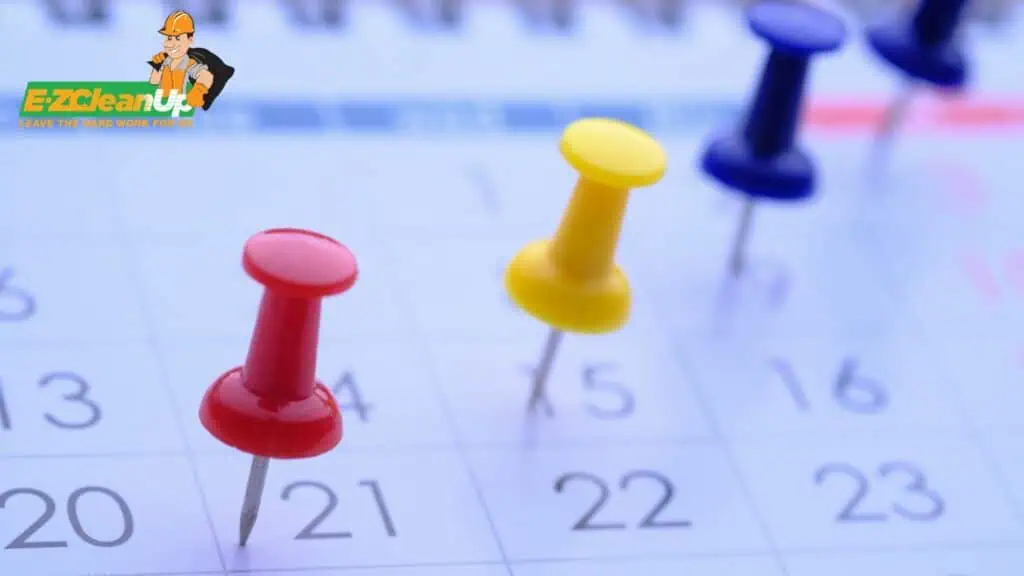
#7: Set a Firm Timeline
To effectively manage your time and avoid procrastination during the downsizing process, it’s crucial to establish a realistic schedule. Break down the process into manageable tasks and set specific deadlines for each. This method, known as “chunking,” can make difficult tasks feel more achievable and less overwhelming. It also reduces procrastination.
Commit to Your Plan
Staying committed to your plan is essential for maintaining momentum and avoiding the buildup of clutter. Using techniques like setting clear, achievable goals and reinforcing them with personal accountability measures can significantly enhance your focus and productivity.
For instance, sharing your goals with a friend or family member can help keep you accountable. This ensures that you stick to your deadlines and commitments.
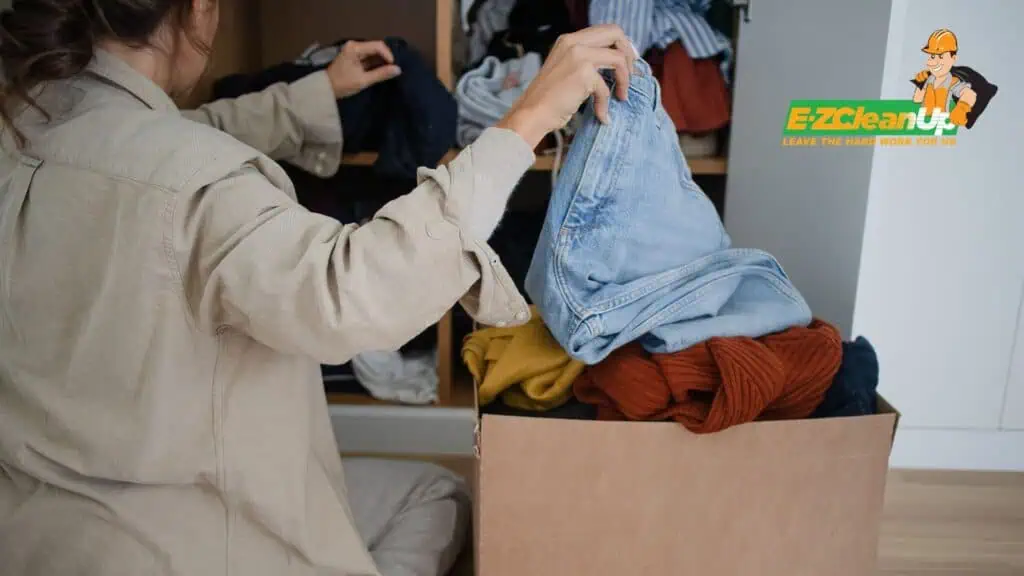
#8: Maintain Flexibility
Maintaining flexibility during the downsizing process is crucial for managing unexpected changes and challenges. Plans may need to be adjusted due to various factors, such as discovering hidden storage spaces, encountering sentimental items, or changes in your new living arrangements.
Being adaptable helps you handle these situations without feeling overwhelmed. For instance, you might find that certain items you initially planned to keep do not fit well in your new space. In such cases, having a backup plan for storage or alternative arrangements can make the transition smoother.
Stay Open to Changing Which Items to Keep
As you downsize, it’s important to remain open to reevaluating what you keep. Your needs and available space will evolve, particularly as you get settled into your new home. Regularly reassessing your belongings helps ensure that your space remains functional and clutter-free.
For example, items that seemed essential before the move might prove to be unnecessary in a smaller home. Conversely, you might find that certain overlooked items are more useful than initially thought. This ongoing reassessment allows for a more efficient and comfortable living environment.
#9: Focus on the Future
A simpler lifestyle offers numerous opportunities for personal growth and enjoyment. By reducing clutter and unnecessary possessions, you create more space for activities that bring you joy and fulfillment.
This shift allows you to focus on what truly matters, such as spending time with loved ones, pursuing hobbies, and exploring new interests. Embracing minimalism can lead to a more content and purposeful life, free from the constant burden of maintaining excess belongings.
Less Maintenance, More Freedom
Living simply means fewer things to manage and maintain. This results in more freedom and flexibility. With fewer possessions, you spend less time on chores and more time on activities that enhance your well-being.
For instance, less time spent on house maintenance can translate to more time for travel, social engagements, or relaxation. This lifestyle change reduces stress and improves your overall quality of life by allowing you to allocate your time and resources more effectively.
Enhanced Focus and Mental Clarity
A decluttered environment promotes better mental clarity and focus. By eliminating excess items, you reduce visual and mental distractions. This enhanced focus can lead to increased productivity and a greater sense of calm and well-being. Additionally, living with less allows you to appreciate the items you do have and find joy in their simplicity.
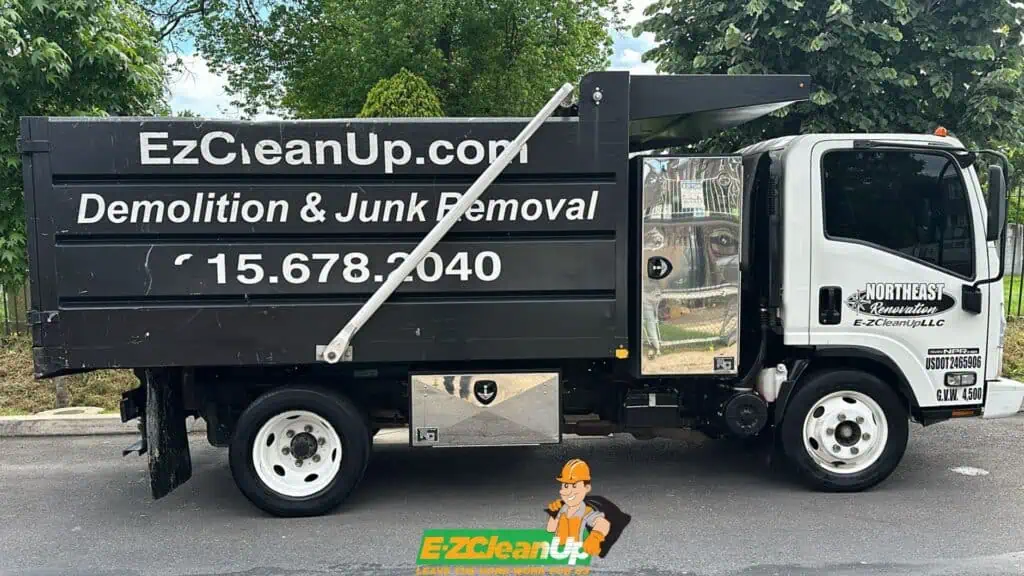
Make Downsizing at 50 Easy!
The act of downsizing at 50 is an opportunity for renewal and reorganization. As you sift through your belongings and prioritize what’s essential, EZ CleanUp is ready to assist in clearing out the excess.
Our services ensure that the items you part with are removed promptly and responsibly. Reach out to us and experience a hassle-free way to declutter.

